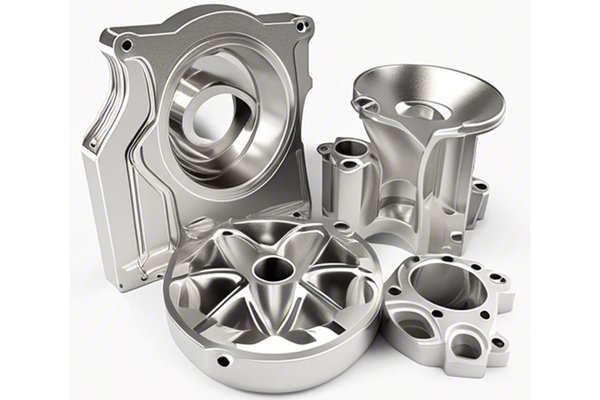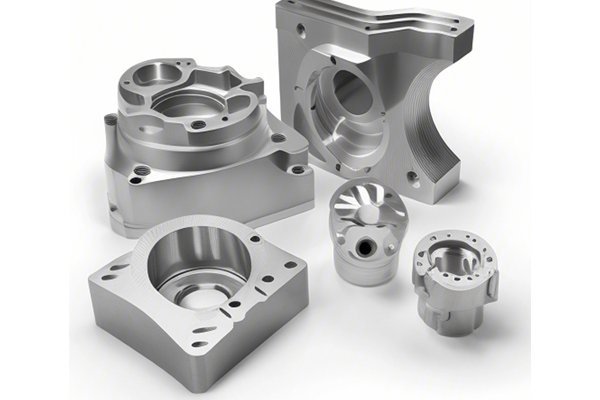Did you know that machining operations can create temperature variations of up to 200 degrees Celsius on the surface of metal components? This rise in temperature can significantly affect both the physical properties of the materials being machined and the subsequent surface treatment processes they undergo. As manufacturers and engineers seek to optimize production efficiency and product quality, understanding these temperature dynamics becomes crucial.
—
CNC (Computer Numerical Control) machining is a revolution in the manufacturing industry, offering precision, repeatability, and efficiency in producing various parts for numerous applications. However, while CNC machining excels in creating intricate geometries, the thermal aspects of the process can complicate surface treatment applications.
This blog post will delve deep into how temperature fluctuates during CNC machining, the effects of these temperature changes on various materials, and the practical strategies to manage this heat to optimize surface treatment processes. By fully understanding these relationships, professionals in the manufacturing sector can mitigate risks, enhance performance, and uphold the integrity of their final products.
—
Understanding Temperature Changes in CNC Machining
What Causes Temperature Changes in CNC Machining?
Measuring Temperature Increase
To manage and analyze the temperature changes in CNC machining effectively, it’s essential to employ tool monitoring systems. These systems can utilize infrared sensors or thermocouples to provide real-time temperature feedback. Keeping temperature variations in check ensures tools maintain the right operating conditions, ultimately enhancing their lifespan and performance.
—
Effects of Temperature on the Machined Parts
—
The Impact of Temperature Changes on Surface Treatment Processes
Anodizing is an electrochemical process that increases the thickness of the natural oxide layer on metal parts, significantly impacting their corrosion resistance and wear properties. However, higher temperatures during CNC machining can alter the surface topology and composition of the parts, impacting the quality of the anodizing layer.
Solution: Maintaining the temperature below the critical threshold before anodizing is vital. Effective cooling techniques and controlled cutting parameters help ensure parts meet the necessary condition for optimal anodization.
Electroplating relies on the ability of the substrate to conduct electricity and bond effectively with the applied metal layers. Elevated temperatures can lead to unfavorable surface characteristics and roughness, affecting the coherence of the electroplated layer.
Solution: Pre-treatment processes like cleaning and smoothing at regulated temperatures must be conducted to achieve effective plating outcomes. Regular measurements can help manage surface temperature leading to a successful electroplating process.

When applying paints or coatings, high residual temperatures can prevent materials from adhering properly, leading to peeling or flaking. Coatings that require curing may also experience complications if not allowed to cool adequately.
Solution: Establishing protocols that allow for cooling periods before painting or coating applications can foster better adhesion and durability in final products.
Different components often undergo heat treatment processes following CNC machining to enhance hardness, strength, or ductility. If machined parts retain high temperatures from the cutting process, they may not respond favorably to these treatments.
Solution: Slow cooling or quenching processes can help maintain the desired mechanical properties of parts after machining is complete, ensuring they suit the intended application.
—
Techniques for Managing Temperature in CNC Machining
Effective cooling strategies involve the application of coolants and lubricants. These should be optimized for both type and application:
Selecting the right tools based on the material can significantly influence temperature management.
Integrating CNC technologies with real-time process control systems ensures that any deviations in temperature can be identified promptly. This real-time feedback allows for quick adjustments to the cutting parameters, preventing excessive heat build-up.
—
As we have explored, managing temperature changes during CNC machining is crucial not only for maintaining the integrity of the machined parts but also for ensuring the effectiveness of subsequent surface treatment processes. Optimizing cutting parameters, utilizing effective cooling strategies, selecting appropriate tools, and implementing process monitoring are all essential techniques to tackle the challenges posed by temperature variations.
Understanding the relationship between machining temperatures and surface treatment performance allows manufacturers to enhance part quality, reduce failures, and achieve higher efficiency in production processes.
This blog underscores the importance of recognizing the thermal aspects of CNC machining, as they can profoundly influence the final product’s performance and reliability. As industries move towards more sophisticated manufacturing practices, managing temperature effectively will remain a critical factor in achieving operational excellence. We encourage professionals and engineers to continuously seek knowledge regarding thermal behaviors during machining processes, fostering innovations that will enhance the future of CNC manufacturing.






